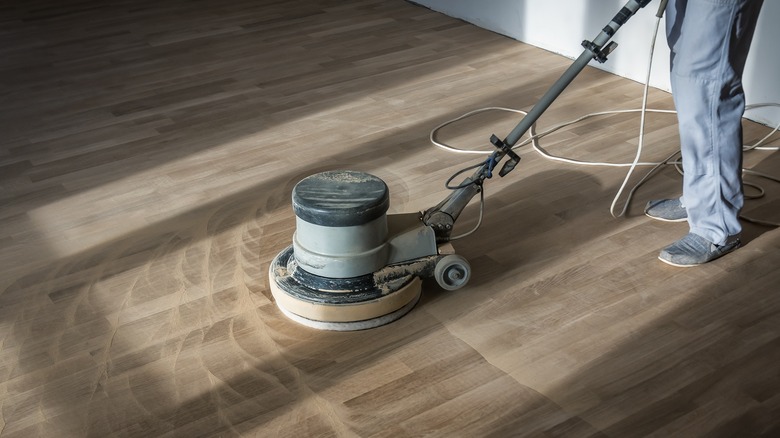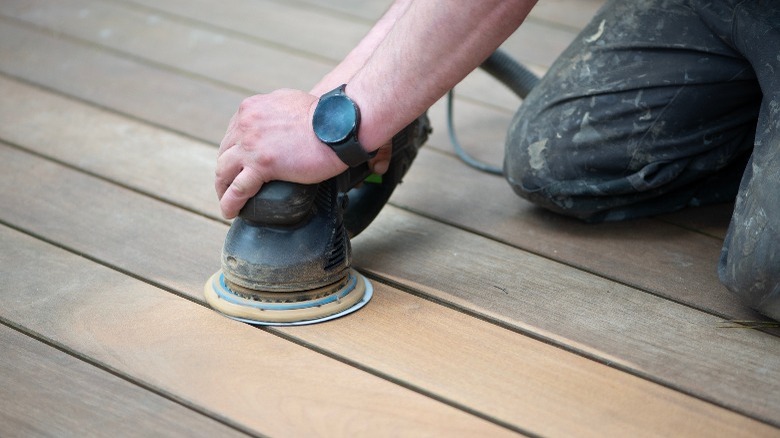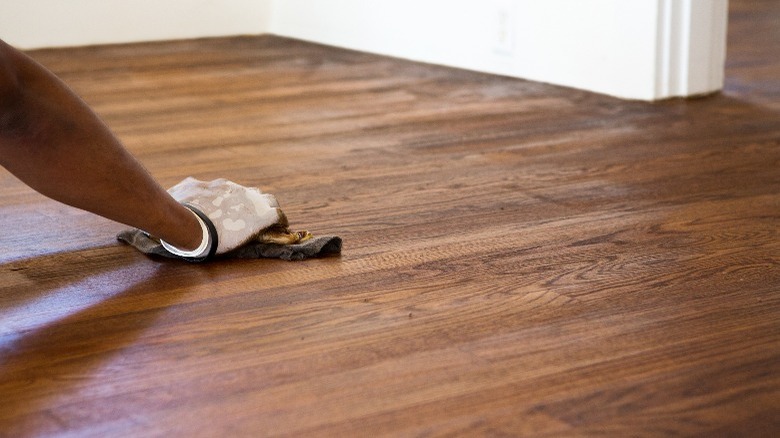How Many Times Can You Sand And Refinish Wood Flooring (Before It's Too Much)?
Hardwood floors have unmatched natural beauty and elegance that complement any style and décor. Not only is it gorgeous, but wood floors are also long-lasting and durable, lasting several decades to a lifetime, provided that you take care of it. Refinishing is crucial to this process; it protects, preserves, and renews your floor. So, how many times can hardwood be refinished? The answer to that question largely depends on the thickness of the wood flooring and the amount of wood removed during each refinishing process, typically around 1/32 of an inch. Given these considerations, a floor could be refinished anywhere from once to up to 10 times. However, this may vary depending on the professional's skill and equipment.
Refinishing frequency depends on whether your flooring is solid or engineered. Solid wood flooring, made entirely of hardwood, is thick enough to endure multiple rounds of sanding and refinishing, typically up to 10 times over its lifespan. This is due to the substantial thickness of the wood, which allows for deeper sanding without harming the floor's structural integrity. Meanwhile, engineered wood flooring only has a thin hardwood veneer atop a plywood core. This thin top layer limits engineered floors to being sanded and refinished only between one to three times throughout their lifespan.
When to refinish wood flooring
A touch-up may hide scratches and imperfections on your flooring if they're minor and superficial. However, it's probably time to refinish your hardwood flooring when deep scratches, chips, or dents penetrate the finish. Further, water can damage the wood and cause dark stains or warping. Refinishing is also needed when your flooring is losing its luster or has already faded, especially in areas with high foot traffic. Another sign that you should probably refinish your hardwood floor is when you notice texture changes, such as when it feels grainy or rough.
When it comes to the best time to refinish your hardwood floor, spring is the optimal season due to its favorable humidity levels and moderate temperatures. These conditions are essential for the proper drying and curing of finishing materials. However, refinishing can be undertaken at any time of the year, provided the environment maintains moderate humidity and a consistent temperature, ideally within 60 to 75 degrees Fahrenheit. Extreme temperatures, either too hot or cold, can adversely impact the finish's drying process and final quality. Refinishing your hardwood floors when you're on vacation or before moving into a new home is also wise.
Benefits of refinishing your wood flooring
Refinishing hardwood flooring is not just about maintaining its aesthetic appeal; it's a crucial step in protecting and extending the life of your purchase. Due to their cost, hardwood floors are a substantial investment, and refinishing them helps keep them in pristine condition, prolonging their lifespan. Refinishing rejuvenates your floors, restoring their original luster and making them appear new and polished. This not only enhances the beauty of your home but also safeguards against further damage.
Without regular refinishing, the wood can deteriorate to the point that replacement becomes necessary, incurring considerable expense. Refinishing your hardwood floor protects people from splinters and reduces the risk of accidents caused by warped or buckled flooring. It also gives you the chance to modify your hardwood color. Beyond maintenance and safety, hardwood floors are a desirable feature in real estate, known to boost a home's resale value by 3 to 5% (via SimpleShowing). Regular refinishing ensures that this valuable feature of your home remains an asset, both in terms of its aesthetic appeal and its contribution to the overall value of your property.


